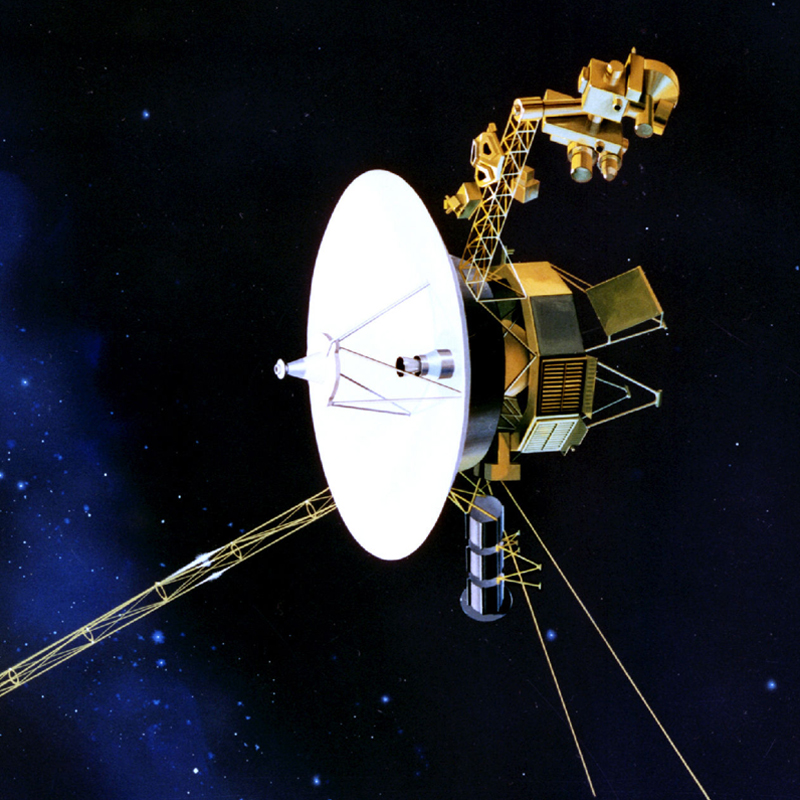Voyager 1 Forty-Five Years Later
Forty-five years ago, on Sept. 5, 1977, NASA launched Voyager 1 to observe the outer planets of our solar system with the hope of gathering more data and images of these planets.
The mission was influenced by the rare occurrence of the alignment of Jupiter, Saturn, Uranus, Neptune and Pluto in such a way that the gravity of Jupiter would change the trajectory of Voyager 1 to move toward Saturn. This rare opportunity only happens every 175 years.
In the original plan, the trajectory would change again where Voyager 1 would travel from Uranus to Neptune, then to Pluto. However, due to time and budget constraints, that plan to fly past all these planets was scrapped in favor of a scaled-down mission to Jupiter and Saturn only.
Voyager 1 was equipped with eleven different tools and instruments to observe the planets as it moved past them. These tools included an imaging system, a radio science system, an infrared interferometer spectrometer, an ultraviolet spectrometer, a magnetometer, a plasma spectrometer, a low energy charged particle device, a cosmic ray detection system, a planet radio astronomy investigator (to study emissions off Jupiter), a photopolarimeter and a plasma wave system.
These are the basic tools needed to gather information about a planet such as surface material, atmosphere composition and magnetic field.
The first image taken was of the Earth and Moon from 7.25 million miles away.
On Dec. 10, 1977, the craft entered the asteroid belt in our solar system. It exited the belt on Sept. 8, 1977. From there, it was a long distance from Earth and Jupiter. It arrived at Jupiter on Jan. 6, 1979, and while there it took over 19,000 images. It also confirmed the existence of a small faint ring around Jupiter.
The craft began its long-range study of Saturn on Aug. 22, 1980, and passed the planet on Nov. 12, 1980, 114,500 miles from the planet’s center.
Due to interest from many scientists, Voyager 1 was used to do a close flyby of Saturn’s biggest moon, Titan. During its observation period, it took 16,000 images of Saturn and its rings before it left the system.
On New Year’s Day 1990, Voyager 1 officially reached interstellar space, making it the farthest man-made object from Earth. At this time, the cameras and most instruments on the craft were disabled. On Aug. 25, 2012, it made it beyond the heliopause.
The heliopause is the boundary past the bubble-like region created by the Sun. The heliopause is an estimated 93 million miles away from the center of the Sun.
Now, Voyager 1 is an estimated 14.6 billion miles away from Earth, moving at a speed of 38,000 mph. Data from the craft takes nearly 22 hours to reach Earth. Power to the craft is expected to run out in 2025 when Voyager 1 will lose contact and fly into the void of space.
However, it still has a task. On the craft is a golden record that scientists added in case intelligent life finds Voyager 1. The record contains information regarding Earth such as music, ambient sounds and greetings in 55 languages. Inscribed on it are instructions on how to play the record along with the location of Earth in our solar system.




